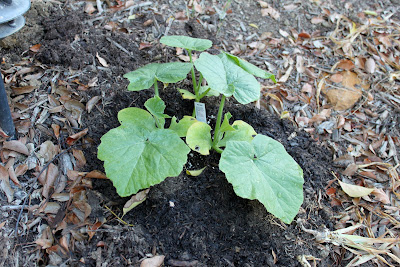After installing the basic requirements of the vegetable garden (please refer to yesterday's post), I decided it was probably a good idea to build something to keep the riff-raff out. Then I decided, since I am the riff-raff, I should probably build something the riff-raff can go through, but the rabbits can't. Or eventually can't, as there are still a couple of items to put on. The vegetable garden gate has finally been mounted. Not that kind of mounted, get your mind out of the gutter, my mother reads this blog.

What I would like to do is go through the steps of building a very simple gate. I do love woodworking and need to have some excuse to bring it into the light, so bear with me. I built the gate out of redwood. Not redwood from old growth forests that tree huggers were chained to, but the crappy stuff on farms that is forced to grow too quickly. I began by making a simple square that is a little more than an inch smaller then the opening it is meant to go into. That should leave me, roughly, half an inch on either side, which should be enough to keep vermin from squeezing through. The MOST important thing when building the gate is keeping it square. There is nothing more frustrating then dealing with items that are not square. Might as well take up drinking. No, that's not why I do. Keep up, now.
The clamps were put in place in order to keep the gate square, meaning each corner is a true 90 degrees. Now, notice there are two screws at each corner of the bottom rail. Whenever you fasten into end grain, which is the end of the stiles (pieces on the side), this creates a very weak joint. Mechanical fasteners abhor end grain, like nature abhors a vacuum. Therefore, we need to put in some bracing.
Simple scraps cut at a 45 degree angle in the corners. This will allow the screws to be fastened through the sides of the lumber, which make for a significantly stronger joint. (Yes, yes, yes, the lower right piece is a piece of firewood, as I didn't have enough redwood. I'm cheap, remember?)
Now, at this point, I would like to point out something I have learned from experience. If you need eight screws, do not buy eight screws. Buy a box of screws. It's only a couple of dollars more and you will inevitably need them for something else. There is nothing more frustrating then spending $4 on gas to drive back to the hardware store to buy three more screws. Keep them organized, and your life will be closer to fulfillment.
Now, back to our regularly scheduled programming. Once the gate is to this stage, the clamps can be removed and outside we go.
Since, my family went to Chuck E. Cheese (look it up), I was left on my own. Yes, the house is still standing. Therefore, I used a clamp to hold the gate in place with a spacer that is roughly half an inch to keep my spacing. Now, at this point I would like to bring to your attention that if you are going to be doing this it is best to clamp it in place when you are on the hinge side of the gate. Otherwise, you are climbing through that little hole to get to the hinge side. Secondly, you will notice I put a small strip of wood on the ground underneath the gate to keep it off the path. If there are nails in the scrap piece of wood, do not put them point side up. Trust me on this, especially, if you have to crawl through the God forsaken hole.
Since your gate is stable, installing the hinges is straight forward. Hold them where you want them and mark the holes. I'm sure there is some scientific method to this, but I'm not
Norm Abram. After drilling pilot holes drive in the screws. Do the same with some sort of latch contraption.
And, there you have it. I need to do a little work this weekend lowering some of the pavers as the gate scrapes slightly, then I'll be able to place the same slats on the gate that are on the rest of the fence. That should keep the vermin at bay. I hope.


























